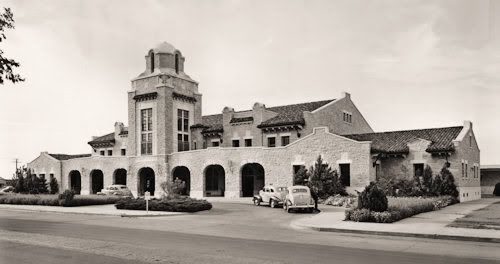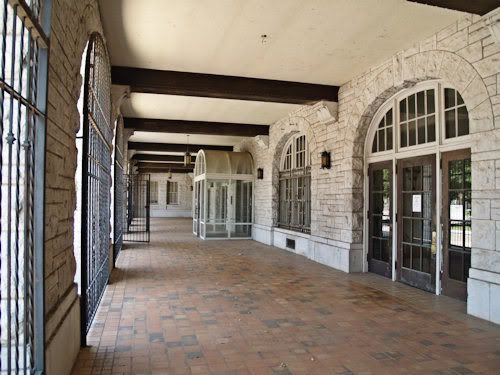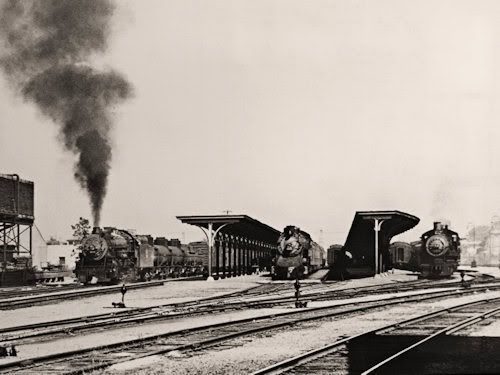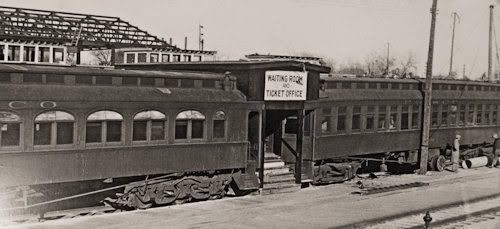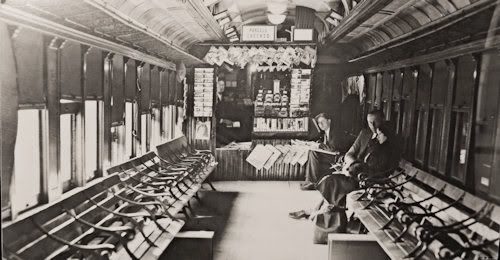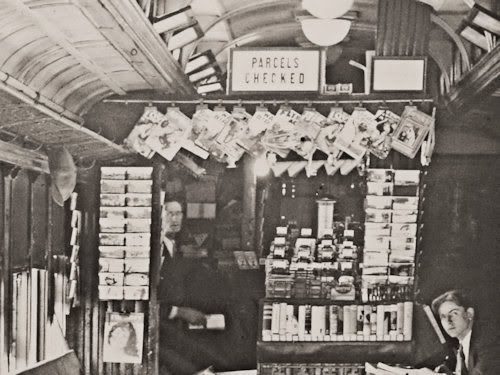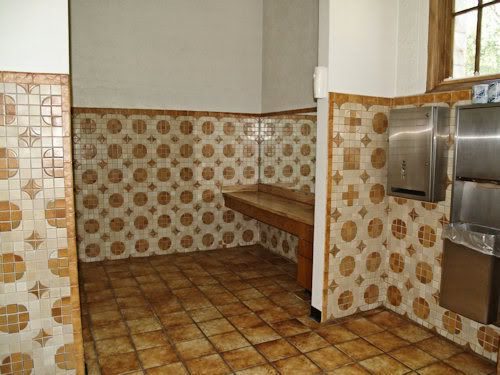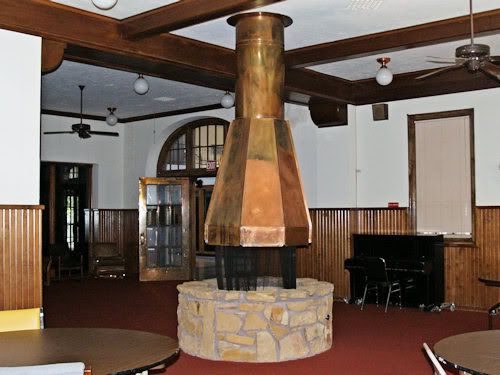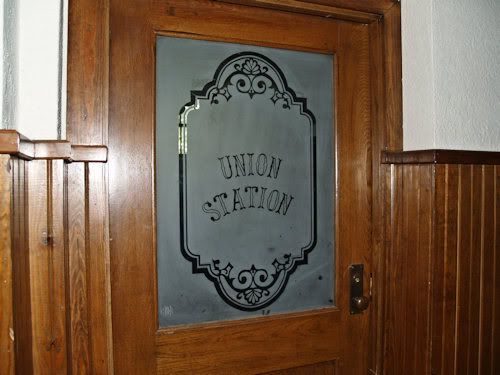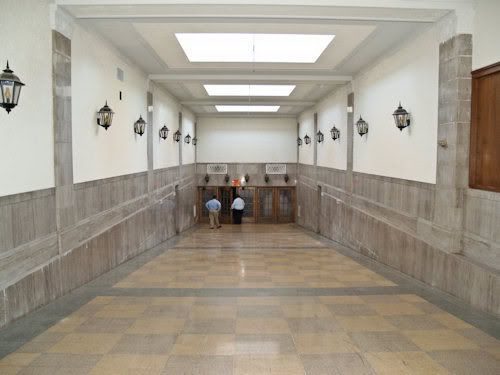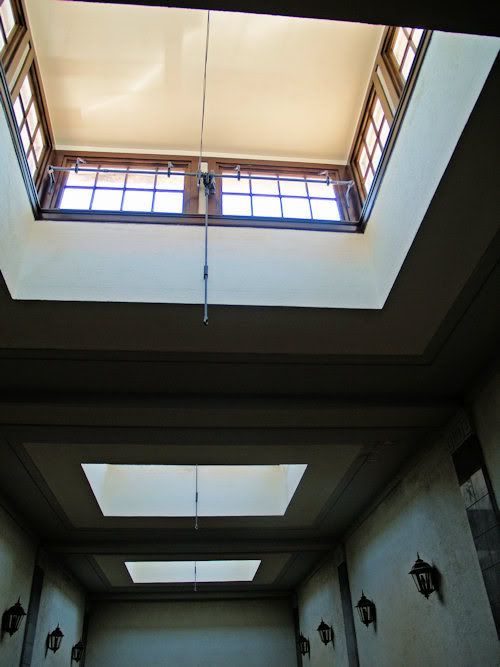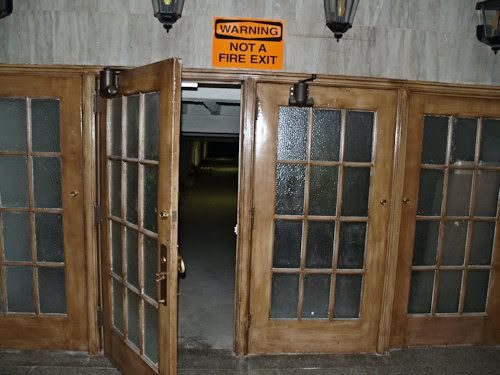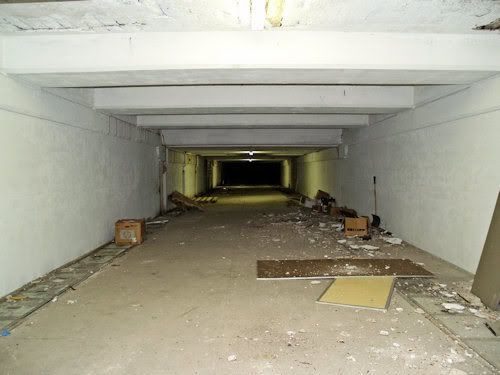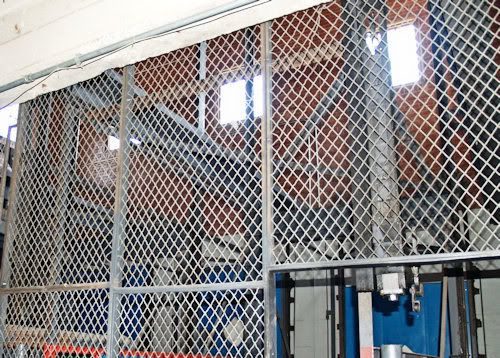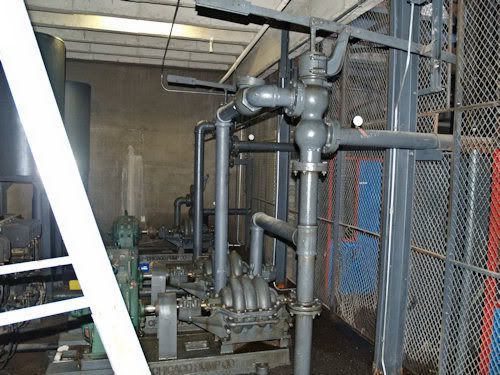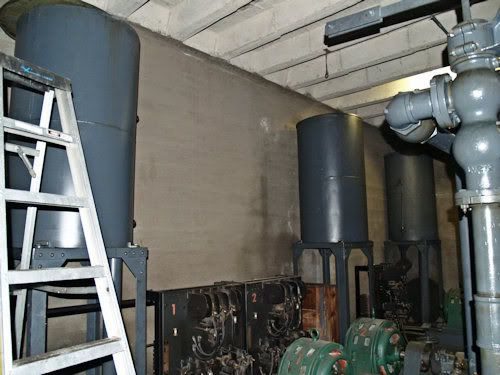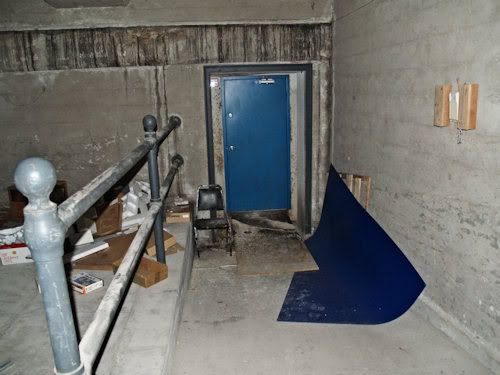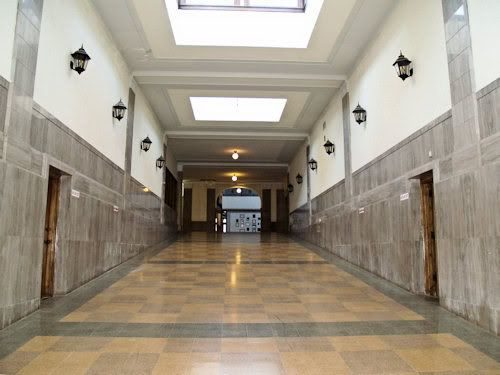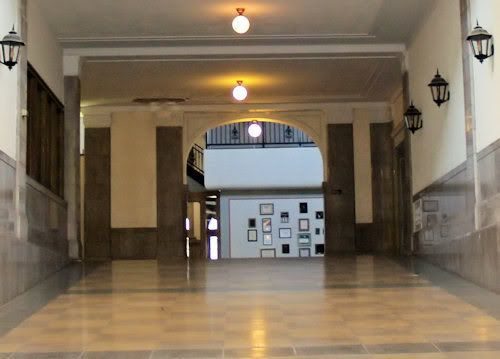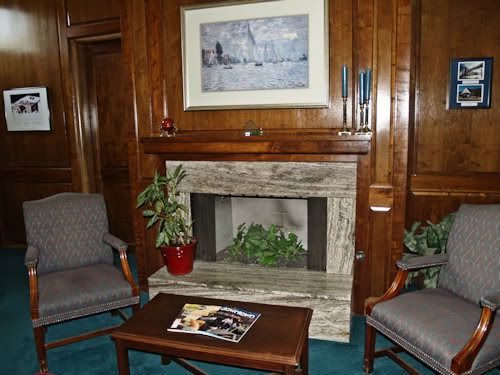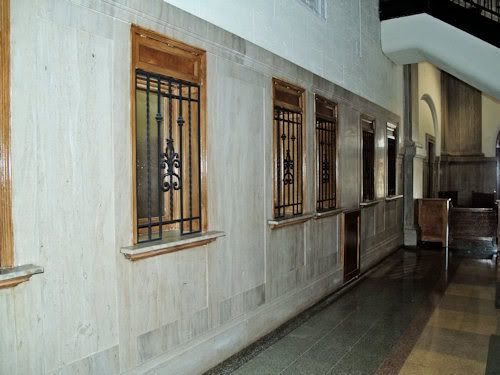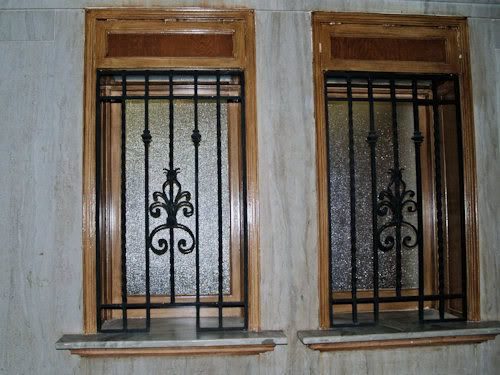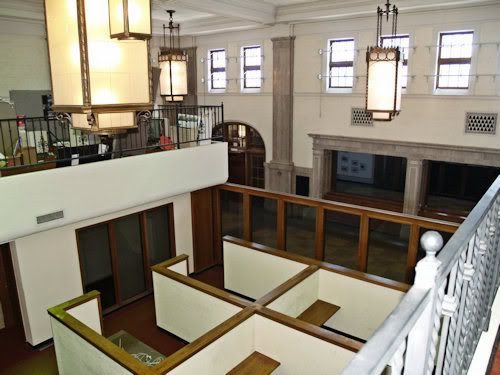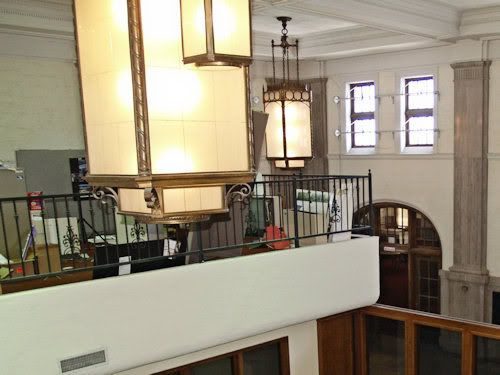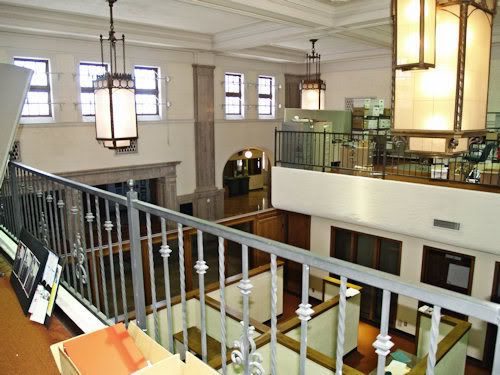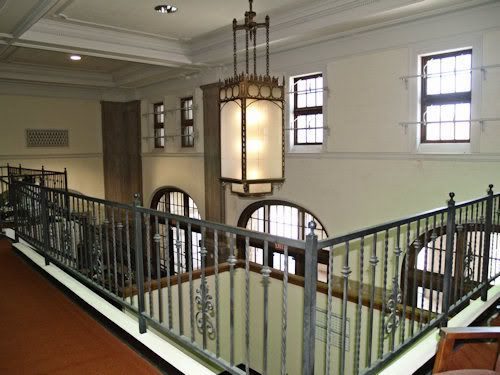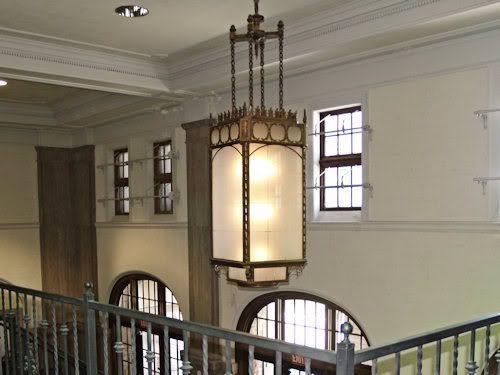Credit Greater OKC Chamber of Commerce
Lots of talk going round about what to do with the Union Station constructed in 1930-31 for and largely by the Rock Island but also the Frisco railroad companies. It is recalled that the construction of this facility and its attendant rail tracks were part of the process of getting east/west downtown rail out of downtown Oklahoma City, a story already told. See Trains Part II for more about that.
In that time (the 1930s), passenger rail traffic was of great importance to the city and our city’s passengers were served by the Santa Fe, Katy, Rock Island, and Frisco railroads. Today, all are gone and only a vestige of passenger rail service remains in Amtrak’s Heartland Flyer daily round trips to Ft. Worth. But, in these times (the 1930s), passenger rail was about much more than round trips to Ft. Worth — it was analogous to airline transportation today — and it would take you almost anywhere you wanted to go.
A pair of passenger rail depots remain — the Santa Fe Station, owned by Jim Brewer’s family, and Union Station owned by Oklahoma City. What might develop with the Santa Fe Station as private property is beyond Oklahoma City’s control. But, what might develop with Union Station, wholly owned by Oklahoma City, is wholly within your and my control, as citizens of the city.
Presently, portions of Union Station are used for the offices of the Central Oklahoma Transportation & Parking Authority (COTPA). Will that use remain the best use with the emerging Core to Shore? Does it have a better use? This article answers none of those questions.
It merely presents some different “looks” at Union Station than are more commonly seen, eye candy for train lovers. Yesterday, while enjoying an onion burger with my friend and partner-in-Okc-history Steve Lackmeyer (I gladly acknowledge my junior partner status — he’s the Batman and I’m trying my best to be the analogous Robin) at Nic’s Grill, 11th & N. Pennsylvania — Nic’s was his suggestion (I’d never heard of it) — and during our conversation he asked, “Hey, do you want to go over to Union Station for a look-see,” or something like that. “Sure,” I said, and I picked up my camera on the way. On my arrival, Steve was already talking with Michael Scroggins, Public Information Officer for COTPA, and he very generously gave us a fine tour of the facility. The photos below were taken on June 26, 2009.
The Entry On The North Side
From the entry, we sort of walked clockwise through the facility, passing by a number of most excellent photos. Three are shown below.
Temporary Passenger Ticket & Waiting Area
During the Station’s Construction in 1930-31
Inside the Temporary Facility
(the picture didn’t say that but it’s got to be)
A Cropped View Of The Above
Passing by the photos, our 1st train stop was at a women’s restroom (unoccupied). Michael wasn’t sure but he thought that the wall and floor tile were original.
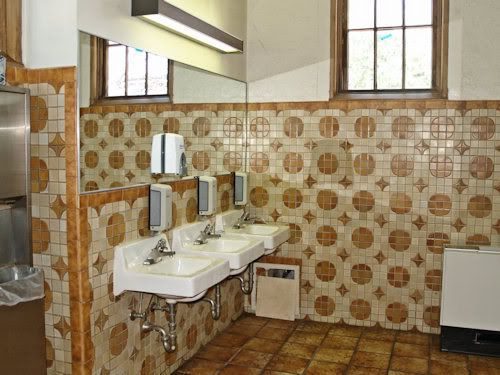
We passed by and through a few other areas. Below, a free-standing fireplace with a copper top — original? Michael wasn’t sure but it seems doubtful that COTPA wold have built it. And, since the facility opened in 1931 and closed as a passenger depot in 1967, during that 36-year history improvements and changes were doubtless made.
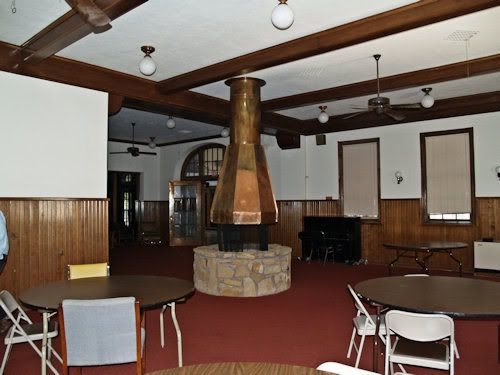
A Cropped View of the Above
A Nicely Preserved Door With Cut Glass Window
One of the elements of the station which has intrigued me is the underground tunnel which runs to the south and under the rail tracks. I asked Michael if we could enter the tunnel — Steve thought I was asking too much, but, the way I see it, if you don’t ask, you don’t get. How pleased was I when Michael accommodated! By all reports, the tunnel provided the means for passengers to get to their points of embarkment but during my walk-through I couldn’t see where that would have occurred. The next series of photos takes on a walk of the whole thing!
A Look Up At The Skylights
Outside The Doors
Inside The Doors Looking South — The Odor Was Musty
Along the tunnel, a room was present at the east side. Though I know nothing of hydraulics, etc., it was obviously used to elevate stuff from that level upward to ground level. What kinds of stuff? People, too? It didn’t look people-friendly to me, so I’m figuring freight and equipment.
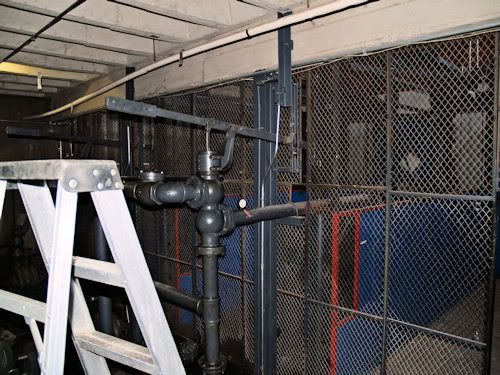
Looking South & Up To Ground Level
Back in the tunnel, this evidence of deterioration caught my eye — I have no idea what the photograph shows.
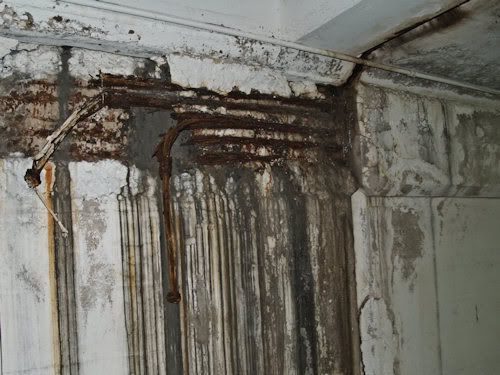
As we approached the tunnel’s south end, I was expecting something other than a solid wall — like an up-ramp or something similar. Nope. Just a wall. Whether that was different earlier, I don’t know.
At the east side of that wall, a small walk led to a blue door that we did not open.
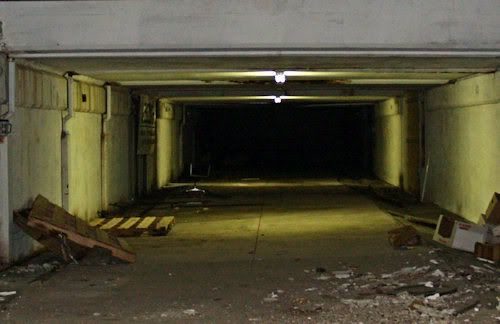
Turning around and looking north through the tunnel from the south wall, Michael pointed out something to me that my sleuth-less eyes had missed — a small track, this one on the west side. Another small track was located on the east side of the tunnel, and the tracks were doubtless used to move stuff to the waiting trains.
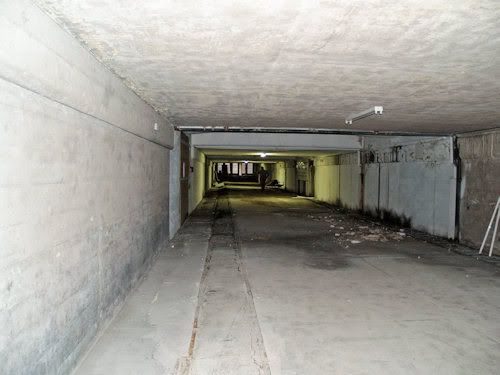
Exiting The Tunnel Toward Its Entry Point
Topside, Michael showed the office in which COPTA’s executive sits today, where the Union Station executives did in days gone by. The office is located at the southwest corner of the building.
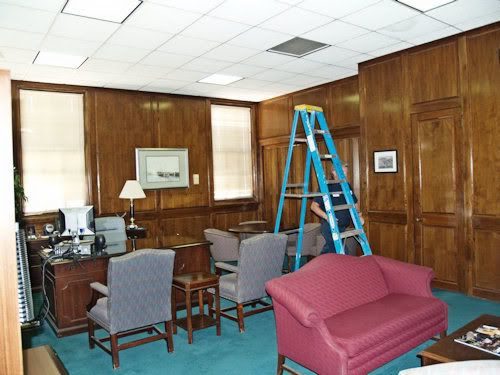
Back in the main terminal area, one could use one of the mahogany phone booths (very nicely preserved) and buy tickets.
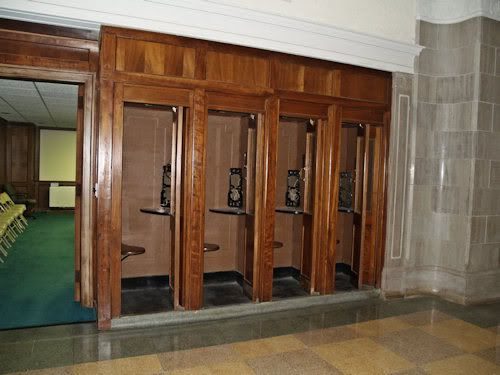
Michael had to leave for a meeting at this point (Steve left while we were touring the tunnel), but he said it would be OK to go upstairs and take a few shots, which I did.
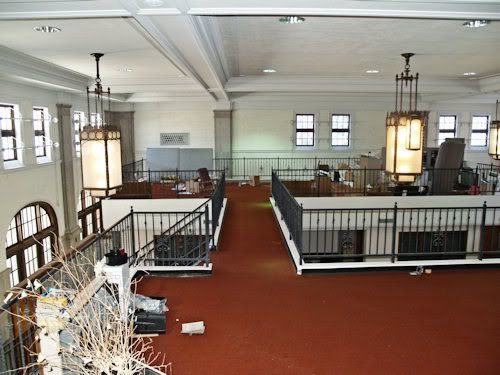
Well, there you have it, Union Station Circa 2009. In many ways and notwithstanding its COTPA occupants who are caring for it well by everything that I observed, the building is already a museum . . . it is already a museum … it is already a museum …
Thanks, Michael Scroggins, for being our very friendly and accommodating guide of this great little tour!

